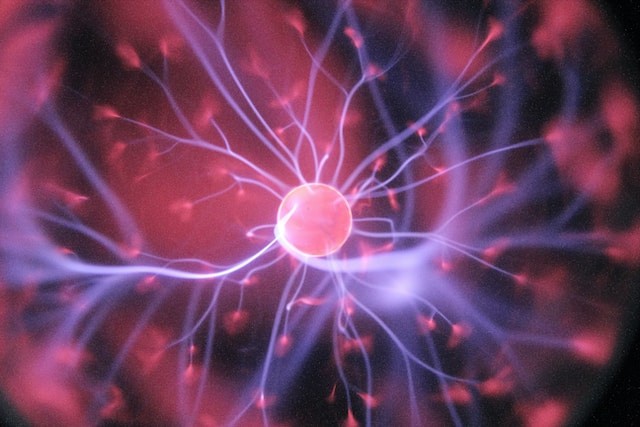Researchers from Cold Spring Harbor Laboratory (CSHL) have captured detailed images of the human CALHM1 channel, showing how it opens and closes and how it can be blocked by a chemical.
The CALHM1 channel is not only important for taste perception, but also for other functions, such as Alzheimer's disease regulation.
The study reveals new aspects of the structure and function of the CALHM1 channel, which may have implications for human health and disease.
The structure and function of CALHM1 channel

The CALHM1 channel is a large pore that allows the passage of molecules, such as calcium ions and ATP, into and out of the neurons, as per SciTechDaily.
These molecules are important for neuronal signaling and communication. The CALHM1 channel is composed of eight copies of the CALHM1 protein, which assemble together to form a circular channel.
Each protein has a flexible arm that reaches into the pore, possibly controlling its opening and closing.
The researchers used a technique called cryo-electron microscopy to generate detailed three-dimensional images of the human CALHM1 channel.
They also discovered that fatty molecules called phospholipids are critical for stabilizing and regulating the eight-part channel. Phospholipids are abundant in foods such as eggs, cereal, lean meats and seafood.
The researchers also showed how a chemical called ruthenium red, which is commonly used to block the CALHM1 channel, becomes lodged in the pore. This knowledge could be useful for designing drugs that target the CALHM1 channel in the future.
Effects of Alzheimer's Disease on Mental Function
Alzheimer's disease (AD) is a progressive disorder that damages and kills brain cells, leading to cognitive impairment and dementia, as per Mayo Clinic.
AD affects various aspects of brain structure and function, such as memory, thinking and reasoning, Communication and language, behavior and personality, and daily living skills.
AD affects different parts of the brain in different stages of the disease. The most affected areas are the hippocampus, which is involved in memory formation; the temporal and parietal lobes, which are involved in language and spatial orientation; and the frontal lobe, which is involved in executive functions and personality.
As the disease progresses, more brain regions are affected and brain cells die. This leads to brain shrinkage (atrophy) and reduced brain function.
The role of CALHM1 channel in taste perception and Alzheimer's disease
The CALHM1 channel is expressed in various tissues and organs, such as the tongue, brain, heart, and liver, as per Phys.org.
It plays significant roles in various physiological processes, such as taste perception and Alzheimer's disease regulation.
In the tongue, the CALHM1 channel is present in the taste cells that detect sweet, sour, and umami tastes.
When these tastes bind to their receptors on the taste cells, they activate the CALHM1 channel, which allows calcium ions and ATP to enter or exit the cells. This triggers a signal that is transmitted to the brain via the taste nerves.
In the brain, the CALHM1 channel may play a role in controlling the accumulation of amyloid-beta peptides, which are known to form plaques in Alzheimer's disease.
Previous studies have shown that mutations in the CALHM1 gene may increase the risk for Alzheimer's disease by altering the function of the CALHM1 channel.
© 2025 NatureWorldNews.com All rights reserved. Do not reproduce without permission.





